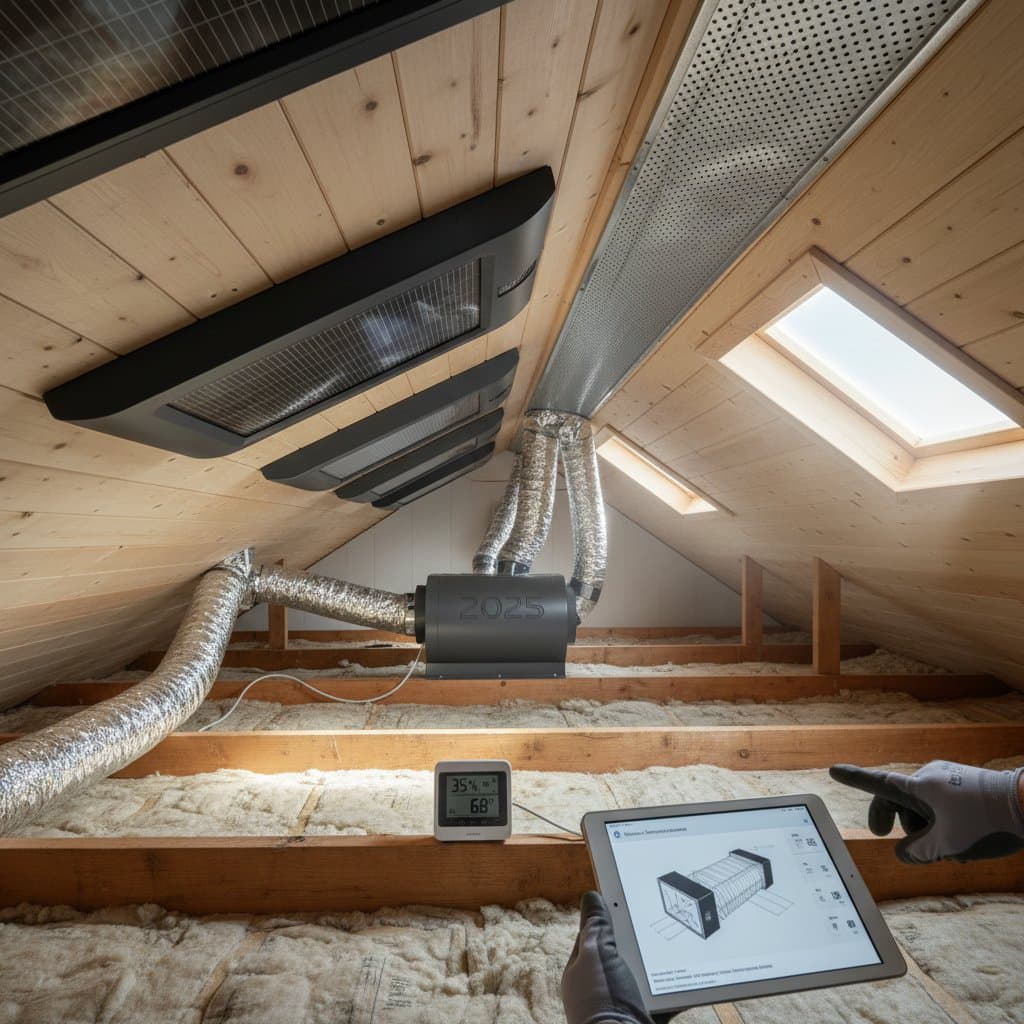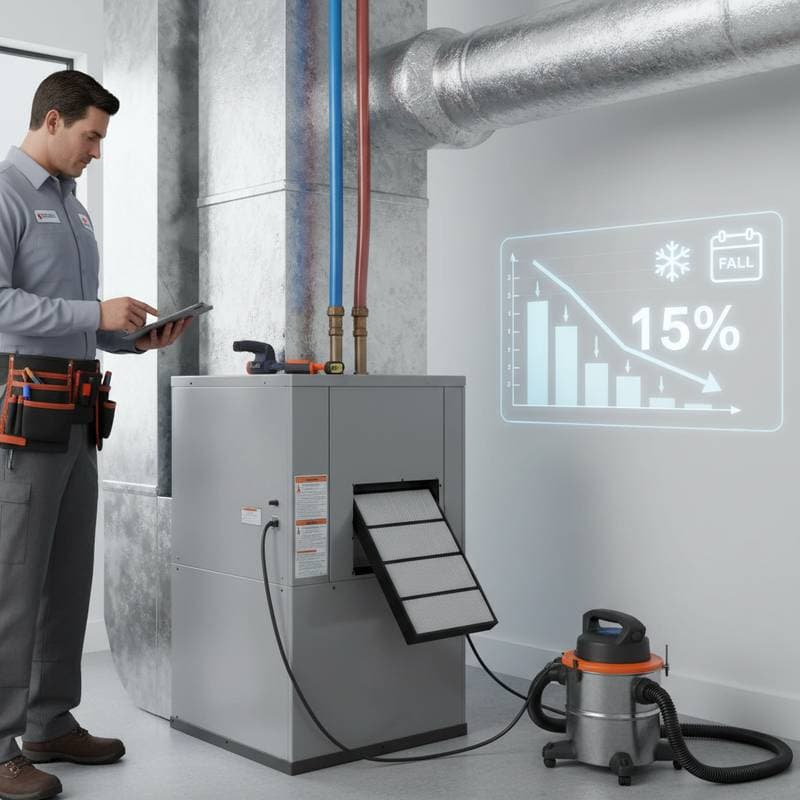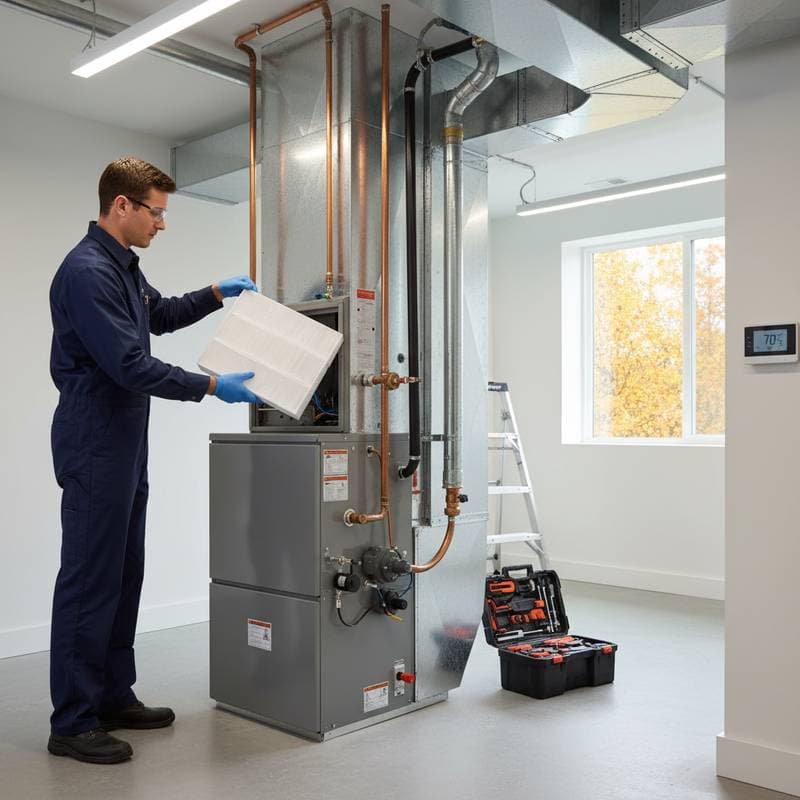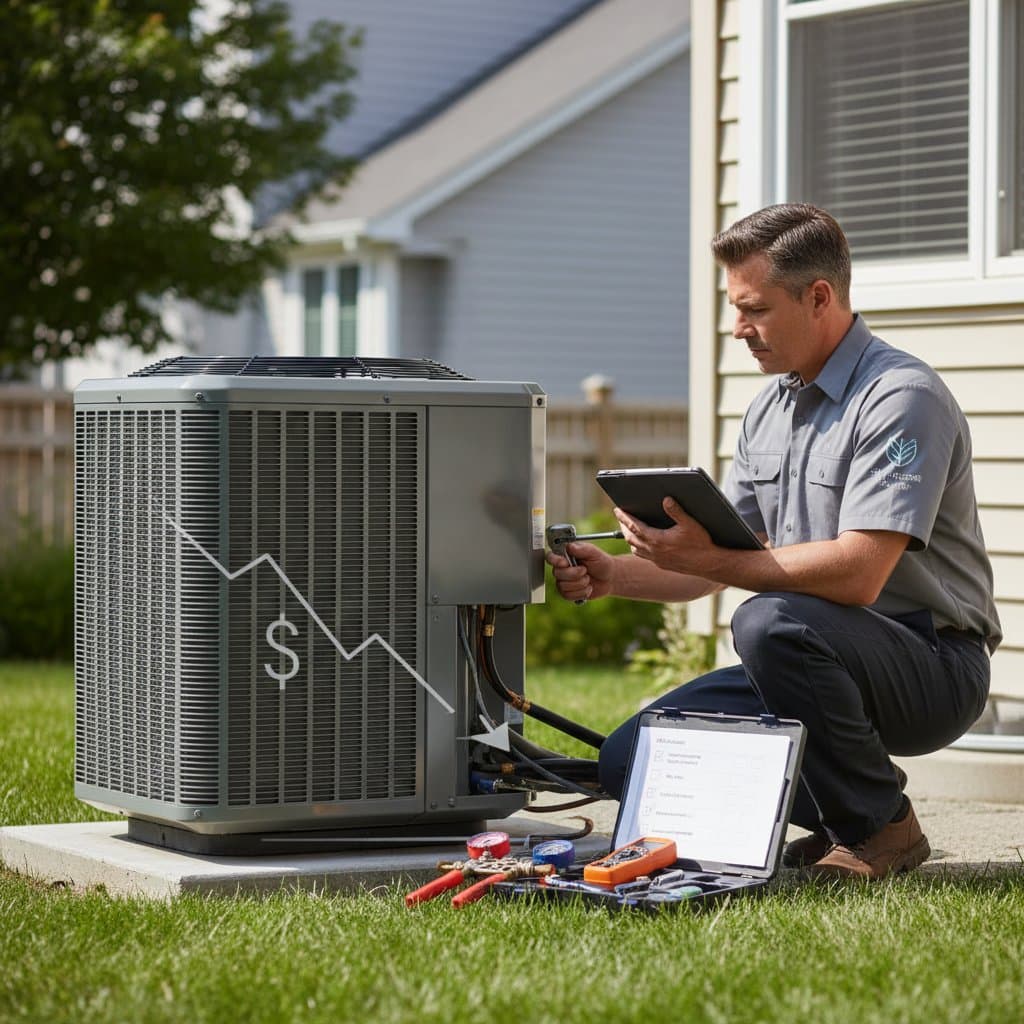Attic Ventilation Upgrades: Preventing Mold in 2025
Attic mold poses a persistent challenge for homeowners. It proliferates in silence, compromising insulation and wooden elements while potentially incurring substantial repair expenses if overlooked. Proper ventilation serves as the foremost strategy for long-term mold prevention. The advanced ventilation solutions emerging in 2025 empower homeowners to eliminate moisture accumulation, stagnant air, and the conditions that foster mold growth.
These upgrades extend beyond routine upkeep; they represent a prudent investment that enhances indoor air quality, prolongs roof durability, and fortifies the home's framework. This guide delineates how contemporary ventilation systems combat mold, outlines associated expenses, and assists in selecting between self-directed enhancements and expert services.
DIY Versus Professional Installation: Key Considerations
The decision between undertaking a project independently or engaging specialists hinges on personal proficiency, time availability, and familiarity with ventilation mechanics.
Advantages of DIY Approaches
- Reduced initial expenses: Individuals manage material choices and labor efforts.
- Educational value: Participants acquire knowledge of the home's architectural features.
- Prompt implementation: Minor issues receive attention without delays from appointments.
Disadvantages of DIY Approaches
- Potential lack of specialized tools or expertise: Improper setup might impede airflow further.
- Heightened safety concerns: Navigation in enclosed attic areas or on rooftops carries dangers.
- Absence of assurances: Errors or early malfunctions fall under personal accountability.
Advantages of Professional Services
- Thorough evaluation: Specialists analyze airflow dynamics, insulation conditions, and roof integrity prior to proceeding.
- Balanced vent configuration: Experts coordinate intake and exhaust components for optimal function.
- Coverage through warranties: Numerous installations feature protections for components and workmanship.
- Adherence to regulations: Professionals verify compliance with regional building codes.
Disadvantages of Professional Services
- Elevated expenses: Fees for labor and services amplify overall costs.
- Possible postponements: Peak periods might delay availability.
Required Proficiency for DIY Projects
Individuals adept at fundamental woodworking, creating apertures, and securing connections may handle straightforward enhancements such as soffit or gable vents. Powered fans necessitate electrical modifications, which licensed electricians must perform. Faulty wiring introduces fire risks.
Essential Tools and Materials
Typical DIY endeavors require the following:
- Protective eyewear, hand coverings, and respiratory mask
- Measurement tool and marking implement
- Cutting device or aperture-forming tool
- Powered drilling device and fasteners
- Sealing compound or filler
- Access ladder and illumination source
Potential Hazards and Safety Protocols
Attic tasks entail confined environments, elevated temperatures, and irregular terrain. Maintain secure positioning, utilize appropriate safeguards, and ensure airflow during operations. Refrain from placing weight between structural beams to avoid impairing lower ceilings. In instances of existing mold, employ respiratory protection and contemplate expert cleanup prior to upgrades.
Estimated Time Investment
Replacing a single vent might occupy several hours, whereas comprehensive system overhauls could span a weekend for seasoned participants. Experts generally finalize projects within one day, contingent on attic dimensions and roof intricacies.
Decision-Making Framework: A Sequential Process
A methodical evaluation aids in determining the necessity of ventilation enhancements and the suitable execution method.
Step 1: Examine Current Conditions
Survey the attic for evident mold, saturated insulation, or obstructed vents. Observe disparities in temperature between attic and occupied areas. Excessive humidity or thermal retention indicates inadequate ventilation.
Step 2: Gauge Personal Capabilities and Assets
Those with elementary building skills and safety apparatus can tackle modest modifications. Lacking these, expert appraisal guarantees adherence to safety and efficacy benchmarks.
Step 3: Compute Comprehensive Expenses
Incorporate costs for supplies, equipment leasing, unforeseen fixes, and personal effort. Contrast these against specialist estimates encompassing assurances and labor. Professional interventions often prove more economical over extended periods.
Step 4: Perform Hazard Evaluation
Proximity to electrical conduits, inclined roofing, or contaminated substances presents dangers. Such scenarios warrant professional involvement.
Step 5: Finalize the Choice
Weigh financial implications, safety factors, and enduring outcomes. Optimal selections yield sustained airflow enhancements and mold deterrence with reduced peril.
Project Preparation Essentials
Thorough readiness facilitates efficient installation and superior system efficacy.
Research and Design Phase
Examine the attic configuration, roof profile, and current vent inventory. Pinpoint zones deficient in circulation. Draft a basic schematic to map intake and exhaust locations.
Information Collection
Consult product details from manufacturers for selected vents or fans. Verify airflow capacities and suitability for specific roof varieties.
On-Site Readiness
Clear debris, insulation fragments, or obstructions from work zones. Secure surrounding areas to prevent dust migration into living spaces. Confirm structural stability and access routes before commencing.
Sustaining Ventilation Effectiveness
Regular upkeep preserves the performance of upgraded systems and averts future complications.
Routine Inspections
Examine vents quarterly for blockages from debris, pests, or insulation shifts. Monitor attic humidity levels using inexpensive gauges; aim for under 60 percent to inhibit mold.
Cleaning Protocols
Remove accumulated dust and leaves from exterior vents with a soft brush or compressed air. Internally, vacuum accessible areas while wearing protective gear to avoid inhaling particulates.
Seasonal Adjustments
In warmer months, ensure exhaust fans operate to expel hot air. During colder periods, check for ice dams that might obstruct intake vents, addressing them promptly to maintain balance.
Indicators for Follow-Up Action
Watch for recurring dampness, unusual odors, or energy bill spikes signaling inefficiency. Address these swiftly through minor tweaks or professional reassessment to protect your investment.
Realizing Lasting Home Protection
Implementing 2025 attic ventilation upgrades delivers immediate moisture control and mold resistance. Homeowners benefit from healthier air circulation, diminished repair needs, and enhanced property value. By following these guidelines, you secure a resilient attic environment that supports overall home well-being.





